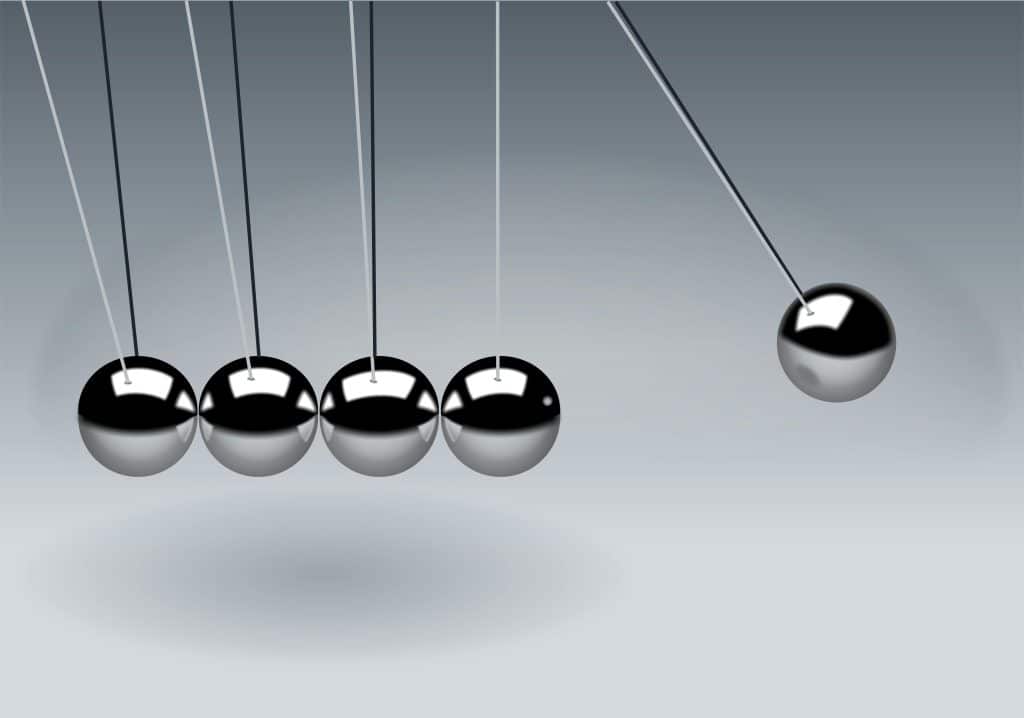In our fast-paced digital world, many people discover that digital detoxes lead to deeper mental clarity by providing essential breaks from the nonstop flow of information. The constant movement between tasks, notifications, and screens fragments attention and reduces focus. This article explores how stepping away from technology encourages quiet reflection, resulting in improved mental clarity supported by recent research. For related insights, see our articles on mindfulness techniques and managing digital distractions.

Why Mental Clarity Is Elusive in the Digital Age
The average person checks their phone over 100 times a day, according to a 2021 study by RescueTime1. This near-constant connectivity keeps the brain in a state of continuous partial attention, which reduces the ability to focus deeply and reflect quietly. The resulting mental noise fragments our thoughts, making it difficult to process information effectively or make thoughtful decisions.
Psychologists refer to this phenomenon as “attention residue,” where switching frequently between digital tasks leaves cognitive resources scattered across multiple topics, preventing full engagement with any one task2. The continuous movement from one stimulus to another, without breaks for reflection, diminishes mental clarity and can increase stress and anxiety.
The Rise of Digital Detoxes
Digital detoxes—intentional periods away from digital devices—have gained popularity as people recognize the toll constant connectivity takes on mental health and clarity. Recent surveys, such as one conducted by Pew Research Center in 2023, show that nearly 65% of adults have intentionally reduced their screen time to improve well-being. This shift is not just a fleeting trend but an acknowledgment that stepping away from screens fosters deeper cognitive processing and emotional balance.
Digital detoxes allow the brain to transition from a high-alert, multitasking mode to a calmer, more focused state. This quiet reflection time is essential for consolidating memories, processing emotions, and generating creative insights.
How Quiet Reflection Enhances Mental Clarity
The human brain is wired to benefit from moments of quiet reflection. Research from neuroscientists at Harvard Medical School indicates that during periods of rest or low stimulation, the brain’s default mode network (DMN) becomes active. The DMN is associated with introspection, problem-solving, and self-awareness.
When we constantly move—jumping from one task to another or absorbing endless digital input—the DMN is suppressed. This suppression limits our ability to think deeply or integrate information meaningfully. Conversely, giving the brain space through digital detoxes leads to deeper mental clarity, activating the DMN and promoting a clearer, more focused mind.
Practical Ways to Use Digital Detoxes for Deeper Mental Clarity
If clarity comes from quiet reflection, not constant movement, how can you integrate this into your daily routine, especially in a digital-centric world? Here are some actionable steps:
1. Schedule Regular Tech-Free Time
Set aside specific periods during the day or week when you completely disconnect from devices. Even 30 minutes of phone-free time can help reduce cognitive overload and create space for reflection.
2. Create a Morning or Evening Reflection Ritual
Use the beginning or end of your day for quiet reflection without screens. Journaling, mindful breathing, or simply sitting in silence can cultivate mental clarity and prepare you for focused work or restful sleep.
3. Use Mindful Breaks During Work
Instead of checking your phone during breaks, try a brief walk without headphones or look out a window without any distractions. These moments allow your brain to reset, reducing attention residue and improving clarity when you return to work.
4. Limit Multitasking and Batch Digital Tasks
Rather than constantly switching between emails, messages, and apps, batch these activities into specific time blocks. This reduces fragmented attention and supports deeper engagement with tasks.
5. Cultivate Offline Hobbies
Engage in activities that do not involve screens, such as reading a physical book, cooking, or gardening. These hobbies encourage presence and reflection, contributing to clearer thinking.
The Science Behind Digital Detox Benefits
A study published in the Journal of Behavioral Addictions in 2022 analyzed participants before and after a week-long digital detox. The results showed significant improvements in attention span, emotional regulation, and overall mental clarity. Participants reported feeling less distracted and more capable of sustained focus and reflection.
Another research paper from University College London found that reduced screen time lowers cortisol levels—the hormone related to stress—thereby creating an environment more conducive to calm, clear thinking.
These scientific findings reinforce the idea that digital detoxes are not merely lifestyle choices but necessary interventions for mental health in a digital world.
Addressing Common Concerns About Digital Detoxes
Some people worry that unplugging will lead to missing out on work, social connections, or important information. However, digital detoxes do not have to be extreme or prolonged to be effective.
- Start Small: Begin with short, manageable breaks that fit your schedule. Even a few minutes of quiet reflection can improve clarity.
- Communicate Boundaries: Inform colleagues or family members of your tech-free times to manage expectations.
- Use Technology to Limit Technology: Apps that track and limit screen time can support your digital detox goals without complete disconnection.
By thoughtfully balancing digital use and quiet reflection, mental clarity can be improved without sacrificing productivity or relationships.
Looking Ahead: The Future of Mental Clarity in a Connected World
The conversation around digital detoxes continues to grow as more people seek sustainable ways to maintain focus and well-being. Employers are beginning to recognize the importance of mental clarity for productivity and are experimenting with device-free meetings and “quiet hours” in the workplace.
Technology companies themselves are developing features that encourage mindful usage, such as screen time reports and app usage limits, supporting users in reclaiming mental clarity.
Ultimately, the emerging trend of digital detoxes highlights a crucial insight: clarity comes from quiet reflection, not constant movement. In a world that prizes speed and nonstop connectivity, intentionally stepping back can be the most effective path forward.
Conclusion
In a world dominated by constant digital movement and rapid information flow, achieving mental clarity can feel increasingly difficult. However, the emerging trend of digital detoxes underscores an important insight: clarity comes from quiet reflection, not constant movement. By intentionally stepping away from screens and creating space for mindful stillness, we allow our brains to process information deeply, reduce stress, and enhance focus. Incorporating regular digital detoxes into daily life is a practical and effective strategy for improving mental clarity, supported by growing scientific evidence. Ultimately, embracing moments of quiet reflection offers a sustainable path to better cognitive health and well-being in today’s fast-paced world.
References
- RescueTime (2021). The average person checks their phone 96 times a day. RescueTime Blog. https://www.rescuetime.com/blog/average-phone-checks/
- Pew Research Center (2023). Americans’ attitudes toward screen time and digital detoxes. Pew Research Internet & Technology.https://www.pewresearch.org/internet/2023/01/12/screen-time-attitudes/
- Harvard Medical School (2022). The brain’s default mode network: Its role in introspection and creativity. Harvard Health Publishing. https://www.health.harvard.edu/blog/the-brains-default-mode-network-202204282740









